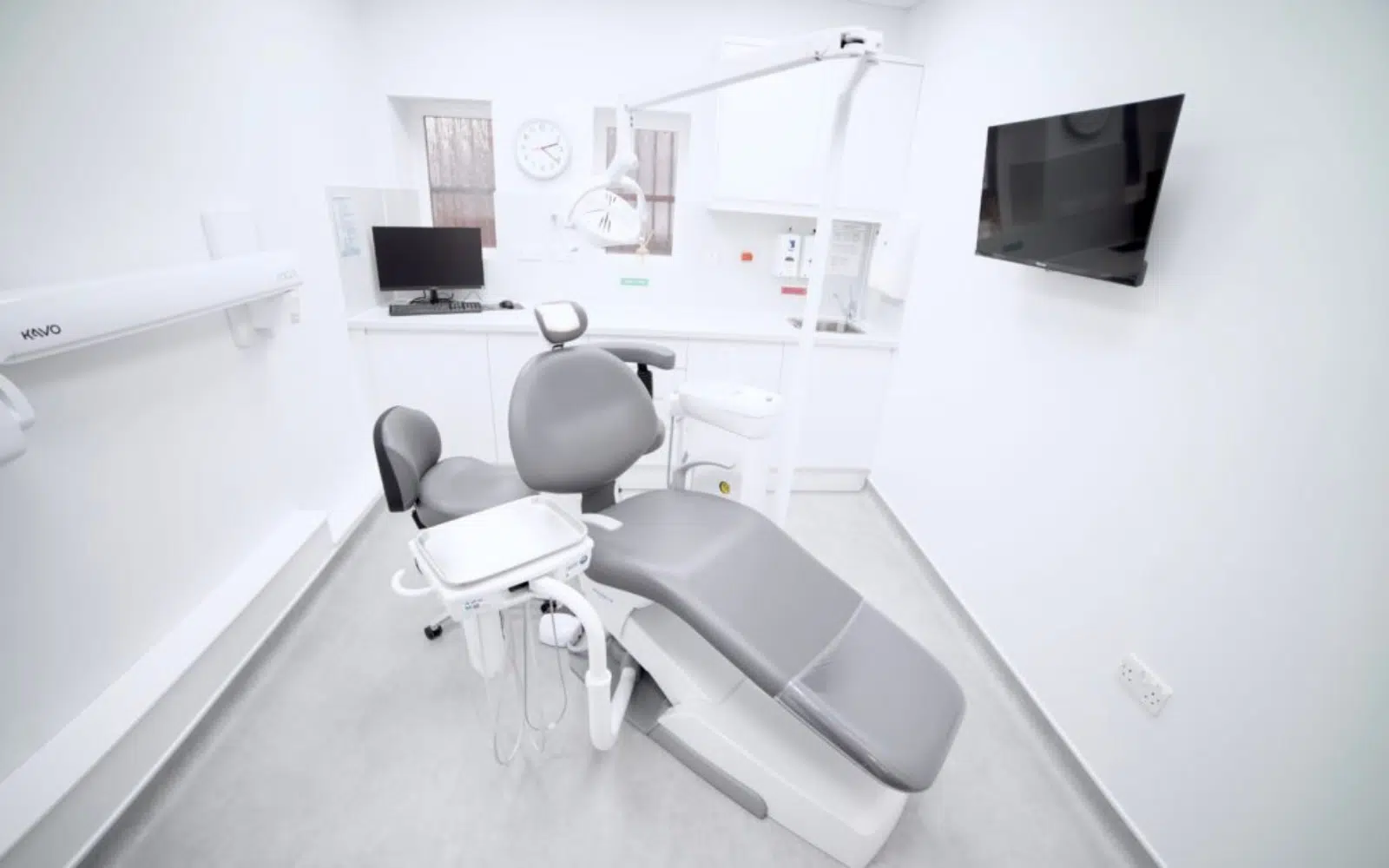Only trained X-ray engineers should work on X-ray machines, and Anglian can fill this need for you.
When it comes to looking after your equipment and keeping your surgery working, Anglian Dental take pride in offering you the best possible advice.
How often should a dental x-ray machine be serviced?
A dental x-ray machine should have an electrical and mechanical check every 12 months. This is sometimes known as an annual service or EMC (electrical, mechanical check)
It should have a routine quality assurance test completed at least once every 3 years (annually for a hand-held set), or a critical examination and acceptance test when it has a major component replaced such as a tubehead or a timer or following a move.
What legislation covers dental radiographic equipment and its maintenance?
The current legislation affecting the use of radiation equipment in dental practice includes the Ionising Radiations Regulations 2017 (IRR17). This deals with equipment safety requirements and the protection of workers and the public and is enforced by the Health and Safety Executive (HSE).
The Ionising Radiation (Medical Exposure) Regulations 2017 (IRMER17) aim to make sure that it is used safely to protect patients from the risk of harm when being exposed to ionising radiation. This is enforced by the Care Quality Commission (CQC) in England. Responsibilities include:
- minimising unintended, excessive, or incorrect medical exposures
- justifying each exposure to ensure the benefits outweigh the risks
- optimising diagnostic doses to keep them “as low as reasonably practicable” for their intended use.
What is the preventive maintenance of X-ray machine?
Keeping a dental x-ray machine in top working order is critical in order to produce the best images. Even small smudges, cracks, and dust can reduce the diagnostic quality of your images.
Our checklist for x-ray electrical and mechanical checks, ensures all the below points are checked and addressed during its annual maintenance. This includes:
- Check tension and adjust brakes, rams and springs on scissor arms
- Fix any drifting or arm movement
- Check locking safety of tubehead and adjust
- Check tubehead for signs of leakage and early wear
- Check collimator for cracks or splits or any other damage
- Check the machine is correctly earthed
- Check arm is securely fixed to the wall and is safe to use
- Check incoming voltage is within manufactures guidelines
- Check the machine is erroring if the exposure switch is released too soon
- Calibrate tubeheads where applicable
- Grease up movements and remove any ‘creaking’
Follow manufacturer’s guidelines for appropriate barrier and disinfection and sterilisation procedures. Not all chemicals are safe for these machines and can corrode X-ray parts and surfaces.

What is the difference between a service and a critical examination or routine QA test?
The purpose of the critical examination and the follow-up routine QA test is to demonstrate that the designed safety features and warning devices operate correctly, that there is sufficient protection from exposure to ionising radiation, and that the equipment is safe to use in normal circumstances. It is focused on the radiation safety of the machine.
An annual service (or EMC) will ensure the mechanical and electrical components are safe and optimised.
How much does a dental X-ray machine cost?
X-ray machines typically start at around £2,300 (exc VAT) and increase up £3,900 (exc VAT) with costs differing depending on build quality, type (AC / DC) and the type of mounting you need. When considering a replacement x-ray, it is sensible to seek guidance from an engineer. This is because the wiring in the wall for the previous x-ray may need to be considered. If you choose an x-ray that has different wiring needs to what you currently have installed, this will need modifying by an electrician or installer, which can cost extra money and introduce the need for unsightly electrical trunking.
Build quality
Machines with good quality metal arms provide better stability. Arms that contain brakes and adjustment mechanisms offer more suitability for installations where walls may not be completely flat.
AC vs DC
The advantage of a DC machine, over that of an AC, is that less radiation is emitted, making it safer.
Tubeheads on DC machines are smaller and lighter on some machines so easier to a position.
Mounting type
Choose from wall mount, ceiling, floor or mobile!
Wall mounts are usually the most popular, over 95% sold are wall-mounted.
Take a look at our range of dental x-ray machines from some of the best dental equipment brands like Kavo and Belmont. These are just a few of the dental equipment items we supply, so if you have not seen the one you’re looking for, then please contact us.





